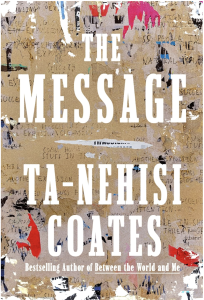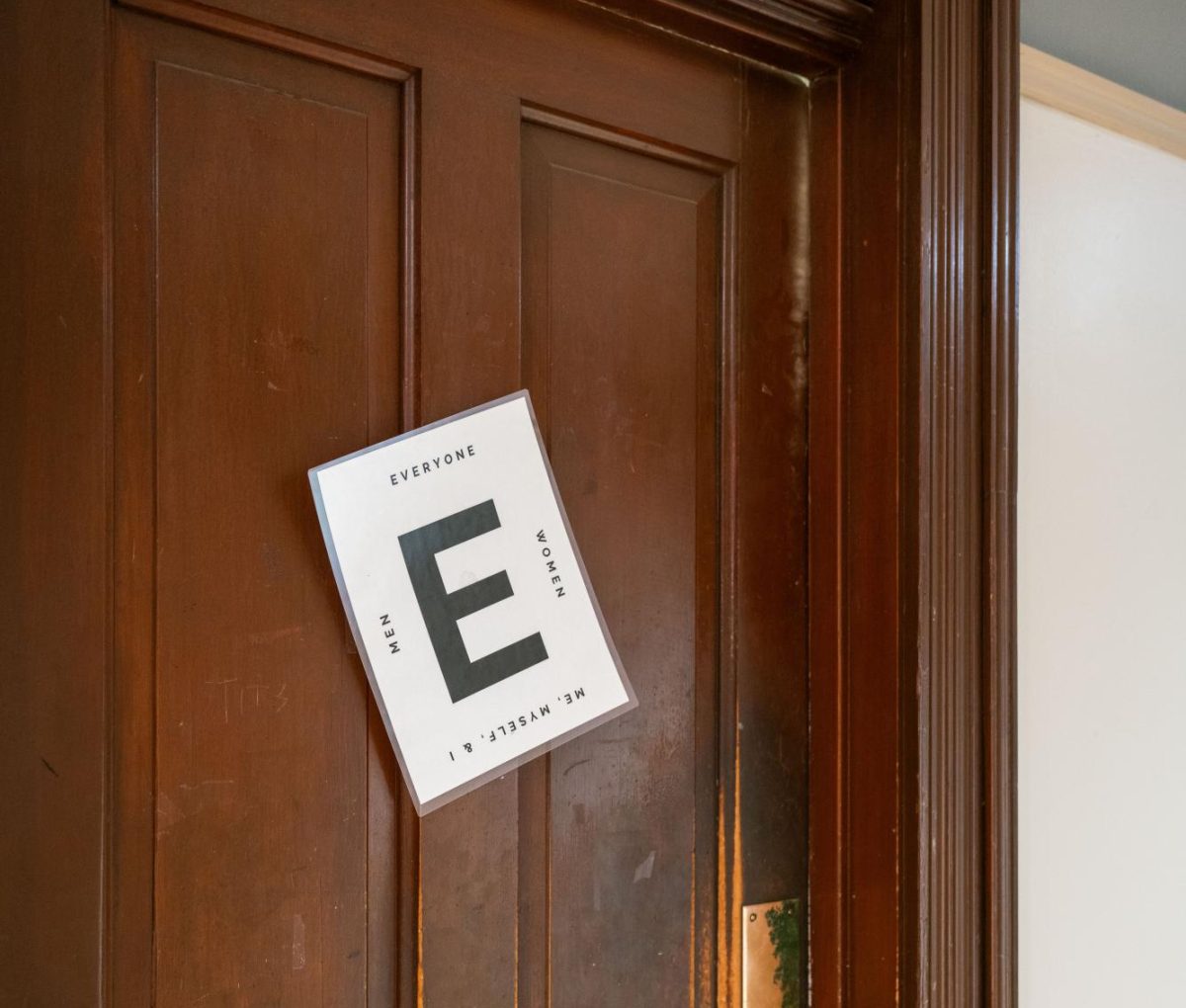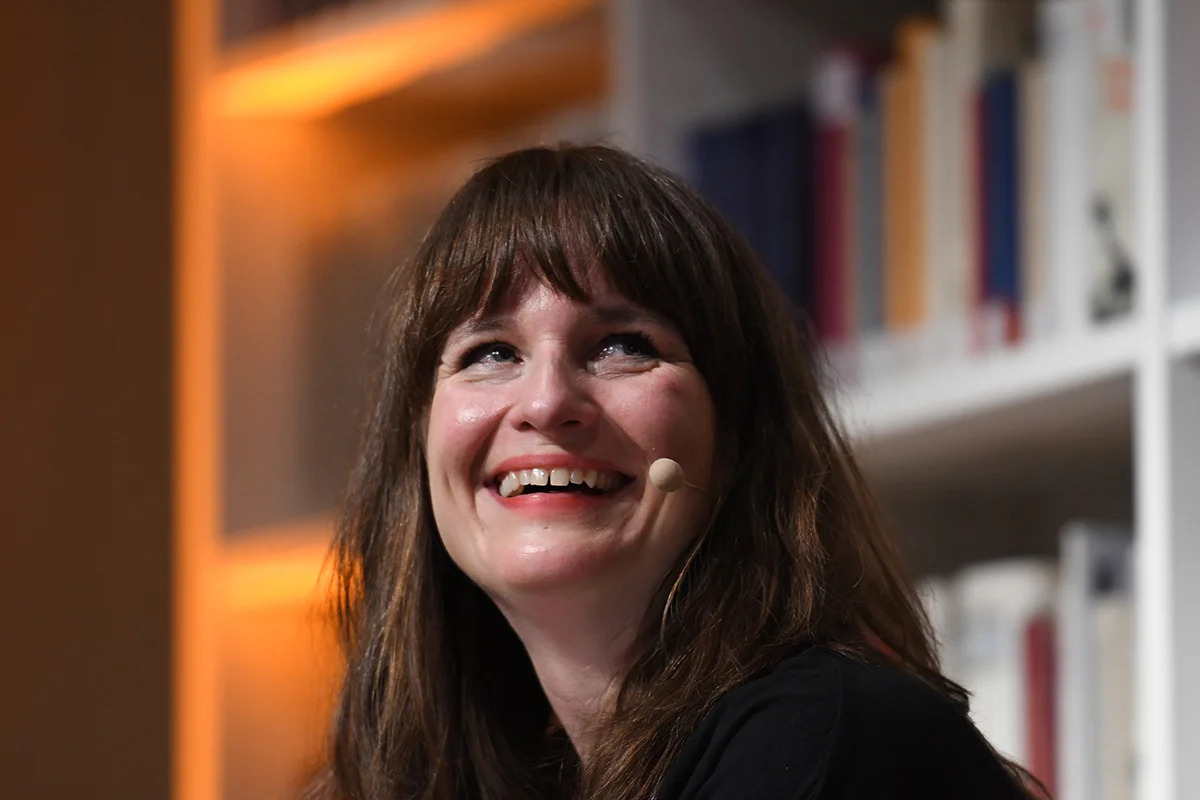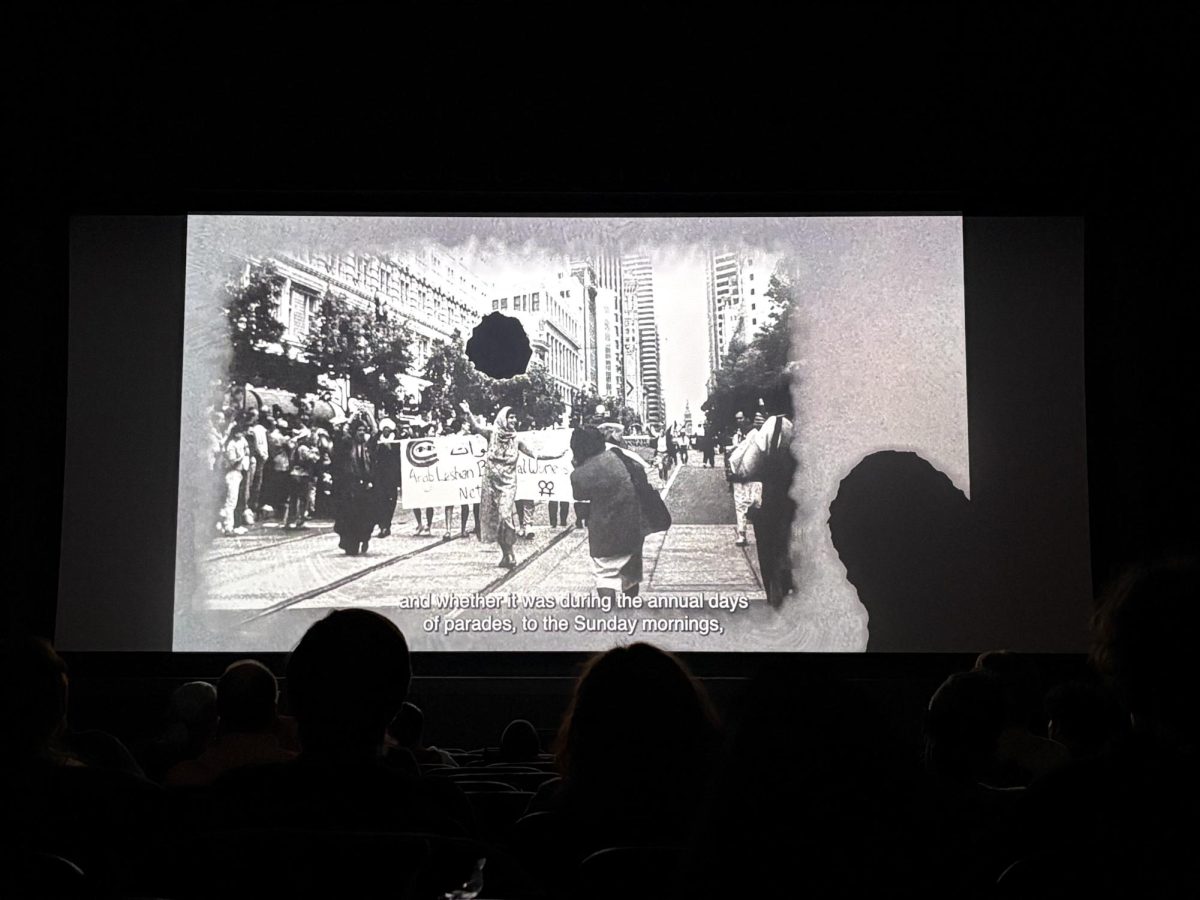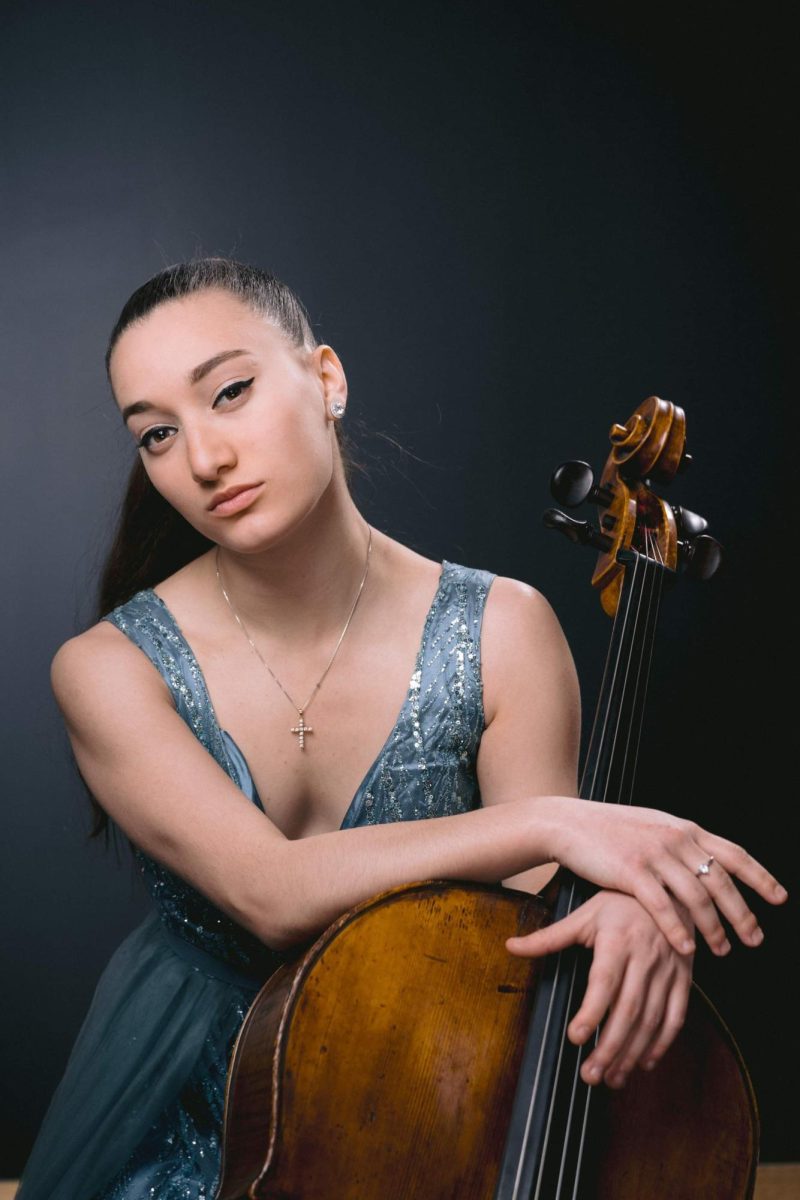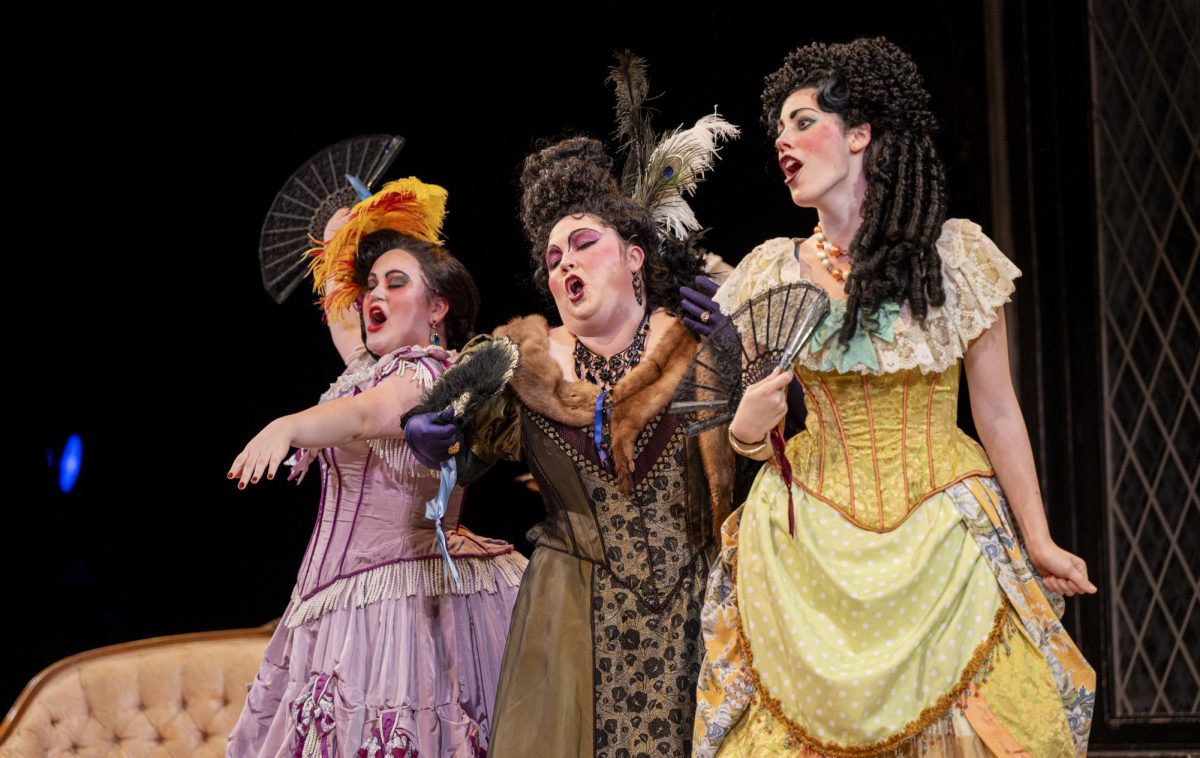Wong Proves Flute Loops More than Just a Gimmick
November 22, 2013
In the dimly lit coffeehouse atmosphere of the Cat in the Cream, a student took the stage wearing an oversized maroon shirt with grey patches, a striped tie and a snazzy fedora.
College junior Robin Wong, the lone member of Flute Loops, not only plays the flute exception-ally well, but is also an impressive beatboxer to boot. A loop pedal allowed him to take full ad-vantage of these skills by letting him build prerecorded and live tracks on top of each other to create melodies that were both soothing and slightly cheeky.
This was only the second time that Wong had performed solo at Oberlin in the past two years. “I discovered there was a lot more that goes into a show than simply getting together a few songs,” Wong said of the long respite. “I decided that before doing another show, I would take the time to really prepare something I could be confident about.”
Though far from being a virtuoso, Wong made up for the hiatus with plenty of enthusiasm, to which the audience responded positively. Between sets, he chatted about public transportation, reflected on decorum, and encouraged the audience to grab some cookies. Throughout his mus-ings, the audience, obviously filled with his friends and acquaintances, responded well to his rambling.
Wong set the unusual tone of the performance by starting with a cover of the Game of Thrones theme song. A ceremonious piece played by a laid-back performer, this first tune hinted at the relaxed nature of the evening to come. The majority of the pieces, however, were originals by Wong which were either pre-composed or improvised on the spot. At different times during the night, he experimented with his flute by blowing over the mouthpiece to create eerie wind ef-fects.
However, it was his incorporation of beatboxing that really made the concert stand out. Wong’s decision to use his voice as an instrument to provide rhythmic support and variation made the pieces more organic. The pops, whooshes and clicks added a contemporary feel which further removed the performance from the formality that one usually associates with flute music.
“I’ve always believed that flute should not be limited in the genres it can be used in,” Wong said. “Beatboxing and playing flute not only helped bridge the gap to being able to develop more rhythmic sounds and grooves, but also helped to reestablish how cool the flute can be beyond a classical or jazz setting.”
But Wong didn’t just depend on his voice and a loop pedal; he also showed off his skill with other woodwinds. Throughout the concert, he put down his concert flute and took up either a lilt-ing piccolo, somber dizi, resonant shinobue (the latter two are traditional instruments from China and Japan, respectively), or, most amusingly, a slide whistle, to produce a goofy effect. These additional combinations added further unpredictability to the evening.
Another example of this was when he called Conservatory junior Dylan McDonnell, another skilled flutist and beatboxer, to the stage. Wong introduced the next piece, describing it in a way that made the audience expect a nightmarish saga that would involve a prolonged escape. In-stead, it turned out to pay homage to the world of Super Mario Bros. The duo covered the theme song, creating a cacophony of layered sounds which, while not easy to hum along to, were at least very fun to listen to. Another performance by New York University student Aviv Gilad in-corporated a pre-recorded piano piece that Wong had written and performed last spring as one of the instrumentalists in the Theater department’s production of Journey to the West.
After an encore with McDonnell, it was evident from the responsive crowd that Wong managed to move beyond what could have been a one-off gimmick to a memorable reminder of how far a little creativity and technology can go.


